We bet you want to know, Are Bananas Low FODMAP? We will tell you straight away that you can have bananas on the low FODMAP diet, even during the Elimination Phase. But there is a bit more to it than that. Ripeness, type of banana and portion size count! We will show you how you can keep irritable bowel symptoms (IBS) at bay, while still enjoying this popular fruit.
If you want quick answers, jump down to our chart. Otherwise, let’s dive in.
Updated 9/30/2024.
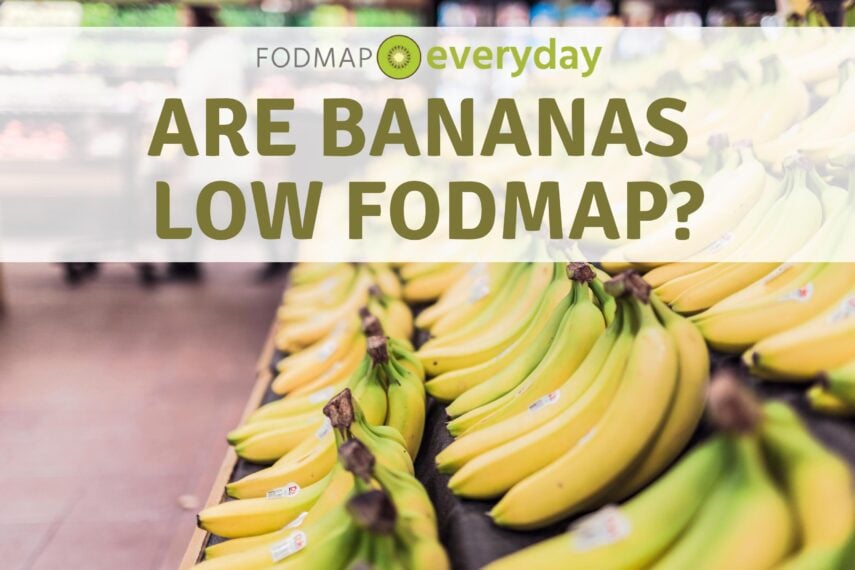
Testing Testing 1, 2, 3
Monash University and FODMAP Friendly have both lab tested and re-tested bananas. Our handy chart farther down in the article presents initial lab test findings, as well as current. All these lab tests are accurate for the fruits tested at that time. And remember, the bananas you eat will be different from any of those tested – harvested from different countries and farms, in various states of ripeness, stored and handled differently, etc.
Please review our articles, Monash University Lab Testing Explained and FODMAP Friendly Lab Testing Explained. You can use any of the lab tested results as a place to begin your exploration of banana FODMAP content, and how your digestion handles them.
This article will be of interest as well: When Monash University and FODMAP Friendly Low FODMAP Lab Test Results Differ.
Types Of Bananas
There are over 1000 different types of bananas, but the Cavendish banana is the typical banana that you find in U.S. stores (and elsewhere) and is equivalent to what Monash and FODMAP Friendly refer to it as the “common” banana on their smartphone apps.
The Cavendish accounts for 47% of global banana production, which is equal to about 50 billion tonnes. The Cavendish has gained its popularity due to its disease resistance and the fact that it travels well.
We are only going to concern ourselves with the types of bananas that have been lab tested for FODMAPs by Monash University and FODMAP Friendly.
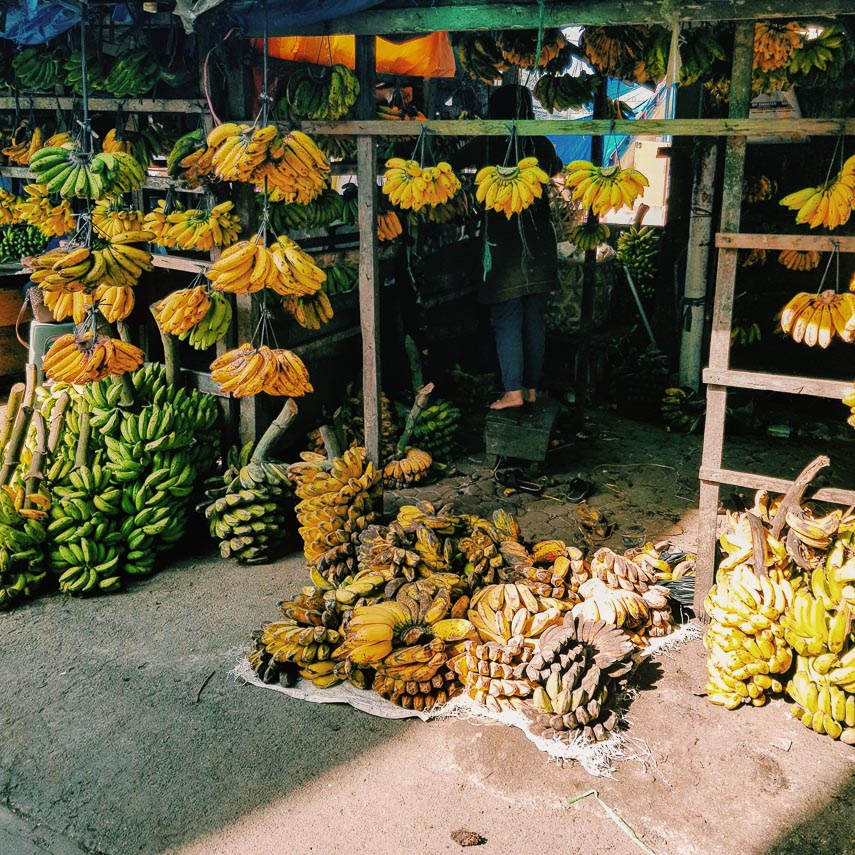
Choose Your Banana
Monash University and FODMAP Friendly have lab tested the “common” banana (Cavendish) and also what they call “sugar” bananas. Their apps previously referred to these bananas as “lady”, and “finger” and “sugar” and combinations of these words; the chart below reflects that. FODMAP Friendly recently updated their app language and now everyone is using same terminology – “sugar” and “common”. They are both cultivars of Musa acuminate.
Banana Ripeness Terminology
You, like me, probably refer to bananas as “ripe” and “unripe” and if you are a baker, perhaps “very ripe” is part of your banana banter. There is, of course, a range within each description, color wise, which we will get to in a moment.
Monash currently uses “ripe” and “firm terminology on their app.
FODMAP Friendly uses the terms “ripe” and “unripe”.
Let’s get into what these terms mean.
What Do Unripe & Ripe Bananas Look Like?
In general, within the produce industry:
- Green bananas, which are quite unripe, will look like these green ones below. One of the things I love about this image is that it shows, quite dramatically, how a bunch of bananas can hold bananas of wildly different ripeness points.
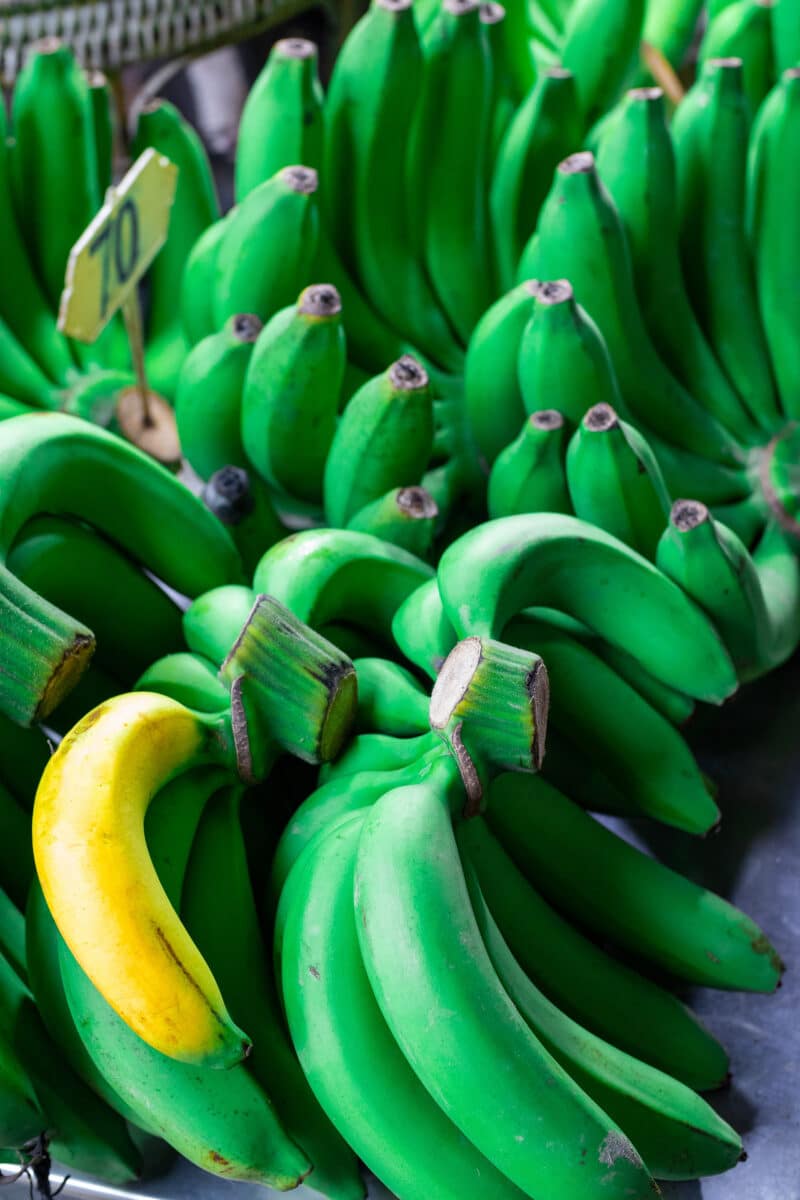
- An unripe banana will still have green showing on the skin (you can see near the top of the banana), as shown below. Some laypeople consider this “ripe”, but the industry does not. We do not know how Monash and FODMAP Friendly are using banana terminology. All we can do is go by their images, which sometimes have proven not to match their actual entries.
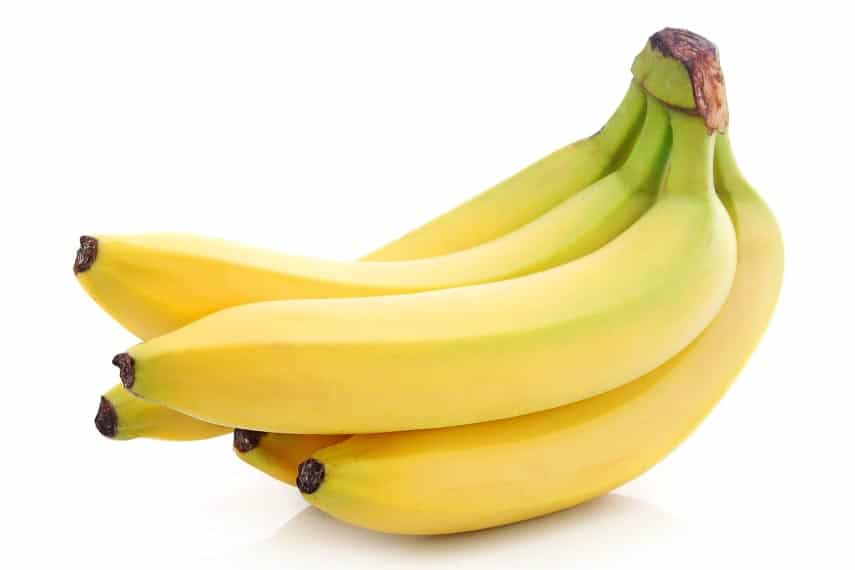
- A ripe banana will have no green and will gave a consistent yellow color. The ones below are ripe and beginning to show black spots.
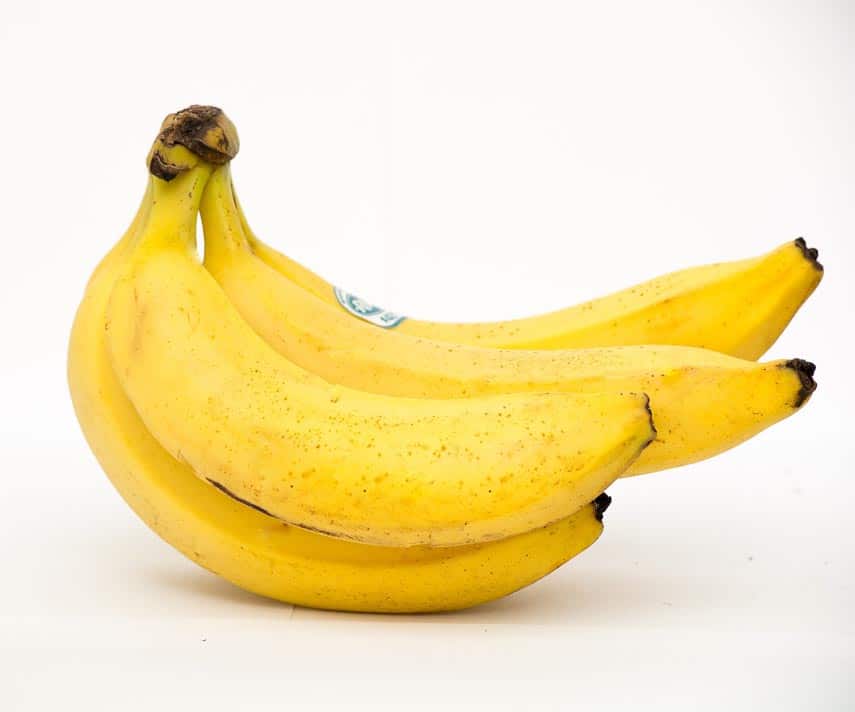
- Very ripe bananas will have many black spots, appear softer and the fragrance will be more pronounced.
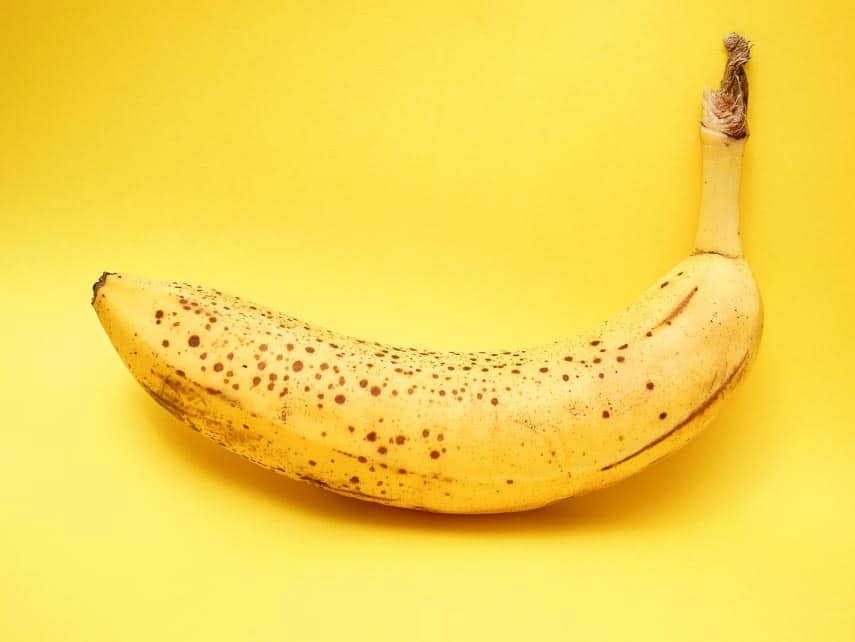
Here Is How We Suggest You Assess Bananas
- Anything called “Green” should be predominantly green; no yellow, no black.
- Unripe Banana: Consider a yellow-ish banana with any tinges of green showing on the skin at all to be unripe.
- Ripe Banana: If the banana has no green on the skin at all, it is ripe.
As far as we know, no one has tested super ripe bananas with the majority of the skin quite black. We treat these as “ripe” in our recipe development – as in our banana bread, muffins and cakes.
How Much Banana Can I Eat?
The types and ripeness level of bananas below are what have been lab tested. Use these amounts as guides. Note only will the bananas you eat be different from those tested, there are also no guarantees on a gut reaction.
Something that is low FODMAP per lab testing, and whether you will negatively react to that food are separate questions.
Please note that the FODMAP Friendly app has a feature called “Can I Have More?”, and “Can I Have Some?”. This is where you will find the “Max Serve” recommendation that is still low FODMAP.

Conflicting Lab Test Results
As with any fresh produce, lab testing can yield different results depending on what is tested at any particular time. Both Monash and FODMAP Friendly have re-tested bananas and we have represented all of their findings in the chart below; we have included all available information. You can use any data for your starting point of exploring YOUR relationship to FODMAPs.
FODMAP Content & Serving Sizes of Lab Tested Bananas
| Cavendish/Common Banana - Unripe/Firm | Cavendish/Common Banana - Ripe | Sugar Bananas - Green/Unripe | Sugar Bananas - Firm | Sugar Bananas - Ripe/Fresh | |
|---|---|---|---|---|---|
| Monash University | Medium, firm banana, 100 g is low FODMAP; now tested as 95 g | ⅓ medium, ripe banana or 35 g is low FODMAP; now tested as 37 g | Not tested | 1 medium, firm banana 112 g is rec. serving size; No FODMAPs detected/Trace detected in subsequent tests | ½ medium ripe banana or 56 g is low FODMAP/1 medium ripe or 112 g in subsequent tests |
| FODMAP Friendly | Large firm banana, 150 g “Pass”/Max serve 600 g | Large ripe banana, 150 g “Fail”/44 g was low FODMAP; now tested as 88 g | Medium banana, 100 g "Pass"/Max serve 100 g; now tested as no FODMAPs detected | Not tested | 100 g “Fail”/71 g is low FODMAP |
What Is Banana Flour?
Did you know that there is such a thing as banana flour? It is sometimes referred to as “green banana flour” as it is made from unripe, starchy bananas.
Monash University has lab tested it and a low FODMAP serving is 2/3 cup or 100g.
FODMAP Friendly lab tested showed no FODMAPs; “eat freely”.
It is an interesting flour to work with and it acts very differently from other gluten-free, non-wheat flours. If you want to use it I suggest following recipes that were developed specifically for it.
And We Have Banana Chips!
Banana chips have been lab tested by both Monash University and FODMAP Friendly.
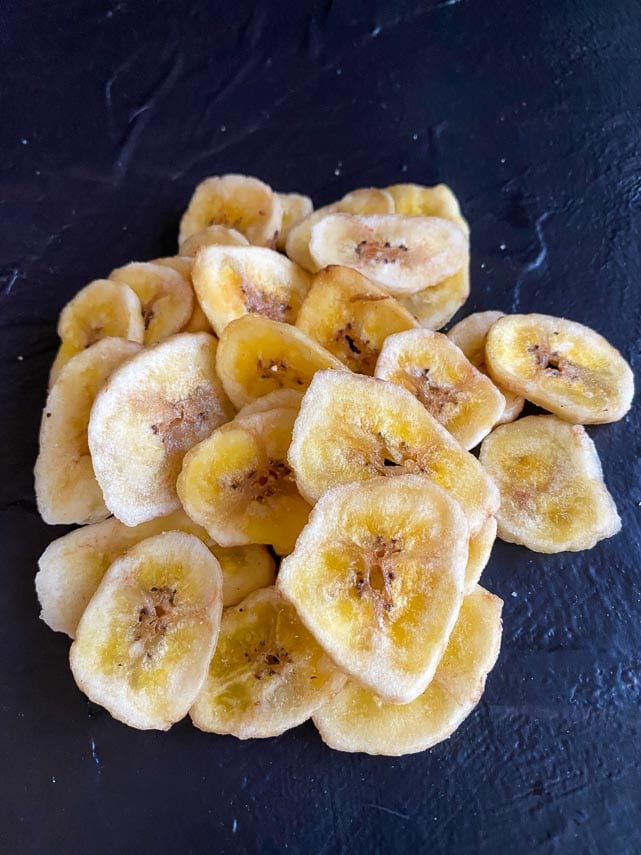
Monash University reports a Green Light low FODMAP serving size of 15 chips or 30 g.
FODMAP Friendly gives banana chips a “Pass” at ½ cup or 40 g, with a max low FODMAP serving of 133 g.
Monash University also has a lab tested and certified product: bare Strawberry Banana Chips.
Bananas & Gut Health
Bananas can be part of a nutritious diet. They are considered a healthy form of carbs as well as providing B6, vitamin C, potassium and fiber. In a green, unripe state, they are excellent source of resistant starch. Resistant starch is a type of carbohydrate that is not digested in the small intestine (also found in beans, legumes, oats, cooked potatoes, and grains like rice, to name a few). Instead, resistant starch ferments in your large intestine and feeds beneficial gut bacteria.
Those of us following a low FODMAP diet have to strike a balance between keeping our gut healthy and triggering IBS symptoms. Fermentation of food in the large intestine can create bloating and gas. The amount of banana that we can eat, without triggering symptoms, will vary greatly, person to person.
Types Of FODMAPs In Bananas
From an organizational perspective, this section should have been up higher in the article, but I didn’t want you to overly obsess. I have included it though, because it supports what is very important to remember – and what so many people overlook – and that is that FODMAP content of fresh fruits and vegetables hugely varies, from farm to farm, batch to batch, variety to variety, and microclimate to microclimate, to name a few variables.
FODMAP content of fresh fruits and vegetables hugely varies, from farm to farm, batch to batch, variety to variety, and microclimate to microclimate, to name a few variables.
Initial Lab Tests Showed Different FODMAPs
In initial lab testing the FODMAPs in the Cavendish banana and the sugar bananas were NOT the same according to Monash University.
According to Monash researchers, “ripe” sugar bananas were high for fructose, but larger amounts of “unripe/firm” common bananas and “ripe” common bananas were high for fructans.
I confirmed with Monash that their initial lab tests indeed reported different FODMAPs in the different banana types.
FODMAP Friendly lab tests reported different findings. Their tests stated that ripe sugar bananas were high for fructans and contained 0% fructose.
In subsequent lab tests, Monash University results show fructans, when FODMAPs are present, for all the bananas they tested. In the current tests, common ripe bananas showed fructans, and ripe sugar bananas showed fructose.
FODMAP Friendly showed fructans and very small amounts of GOS and sorbitol ripe sugar bananas, and fructans and GOS in firm common bananas. There was a predominance of fructans for ripe common bananas, with a small amount of polyols (specifically sorbitol and mannitol). “Fresh” just ripe sugar bananas showed fructans with a very small amount of GOS and sorbitol; green sugar bananas showed no FODMAPs.
If this is making your head spin, don’t let it! It just reinforces that fresh produce can vary wildly and that your tolerance to foods is what is important, not what a lab test says from a few years ago or just last week. Because, who knows what the lab tests would say next month – or more importantly, for the bananas in your kitchen right now.
Frequently Asked Questions
Bananas can be high in certain FODMAPs. If you are sensitive to those FODMAPs, and/or if you eat a large quantity of bananas, they can trigger IBS symptoms.
Everyone’s trigger foods are different – and also serving sizes of foods can have different affects on different people. Conducting a structured Elimination Phase and Challenge Phase of the low FODMAP diet is the best way to assess your personal triggers.
Fructans are a type of FODMAP. FODMAP stands for Fermentable Oligosaccharides, Disaccharides, Monosaccharides and Polyols. Fructans can be found in bananas, as well as in onions, rye, garlic, lentils, some cabbage, asparagus, to name a few foods. Fructans can trigger IBS symptoms.
When it comes to discussing bananas and diarrhea, perhaps you have heard that since bananas are a rich source of potassium, they are often suggested as a food to eat when one has diarrhea. They help replace electrolytes lost due to frequent loose stools. Unripe bananas can also be very binding and help with firming up stools.
Ripe bananas contain soluble fiber, which can help with constipation. Speaking of fruit, our dietitians often suggest 2 kiwi per day to help with constipation!
Bananas are both low FODMAP and high FODMAP depending on the type of banana, level of ripeness and quantity ingested. A third of a medium banana is not the same as a third of a large banana. Please go by the weights presented in the Monash University and FODMAP Friendly smartphone apps.
Frozen bananas should be treated as fresh from a FODMAP perspective.
Cooked bananas should be treated as fresh from a FODMAP perspective.
Over the years both Monash and FODMAP Friendly have altered their terminology and have referred to the smaller “sugar” bananas as “lady”, “lady finger”, “sugar bananas” and combinations of these terms. Please refer to our chart for more info.
There are low FODMAP amounts of ripe bananas, although they are higher in FODMAP content than unripe/green bananas. Please refer to our chart. Portion size counts! Instead of trying to assess what is a medium size banana or a large banana, we suggest you go by the weights.
There are low FODMAP amounts of unripe and/or green bananas, and they are lower in FODMAP content than ripe bananas. Please refer to our chart.
There are many ways to make banana ice cream, but one popular way, which is lactose-free, is to freeze peeled ripe bananas and then blend them in a blender or food processor until they have the texture of soft-serve ice cream. They are 100% banana and you can use our chart to determine serving size. No dairy products or sweeteners needed!
The Takeaway
You can enjoy different types of bananas, in various degrees of ripeness, even during Elimination. We believe that the reason so many people think bananas are a “no go” is because they end up on High FODMAP food lists and those lists do not take serving size into consideration.
Also, if using the Monash app, you have to know how to use it correctly. Ripe common bananas have a big Red Light next to them indicating a high FODMAP level, BUT, as always, you must click through the app entry to fully see that there are Green Light low FODMAP serving sizes.
On the FODMAP Friendly app, all the information is presented on the same screenshot.
Take a look at our article High FODMAP Foods With Low FODMAP Serving Sizes for more info.
If the information here feels overwhelming, take a moment to take a deep breath and remember this: lab tests for fresh produce are always going to vary. The bananas you eat will be different from those tested. What is important is how you digest bananas, and that could change depending on the batch of bananas that you buy this week vs. next, and also, your tolerance can, and most likely will, change over time.
Serving sizes can make a huge difference. Start with small amounts and progress from there. Remember, the goal of the low FODMAP diet is to eat as broadly as possible without triggering symptoms. We are here to help you learn what carbohydrates work with your unique digestive system.
Enjoy Bananas In Our Low FODMAP Recipes
Here are some banana recipes for you to enjoy. All of the serving sizes for these recipes feature a lab tested and certified amount of bananas:
- Reduced Fat & Sugar Banana Bread
- Buckwheat Banana Pancakes
- Banana Cream Pie
- Salted Caramel Banana Cake
- Banana Nut Bundt Cake with Caramel Glaze
- Banana Bread Muffins
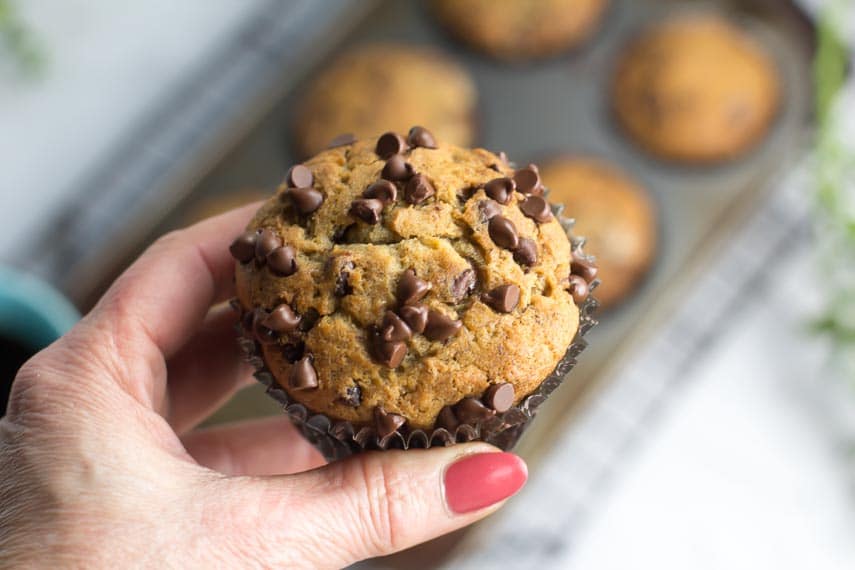
- Banana Chocolate Chip Muffins (these are a community favorite!)
- Chocolate Covered Banana Popsicles
- Coconut Banana Sorbet
- Peanut Butter Banana Muffins
- Poppy Seed Carrot Banana Bread
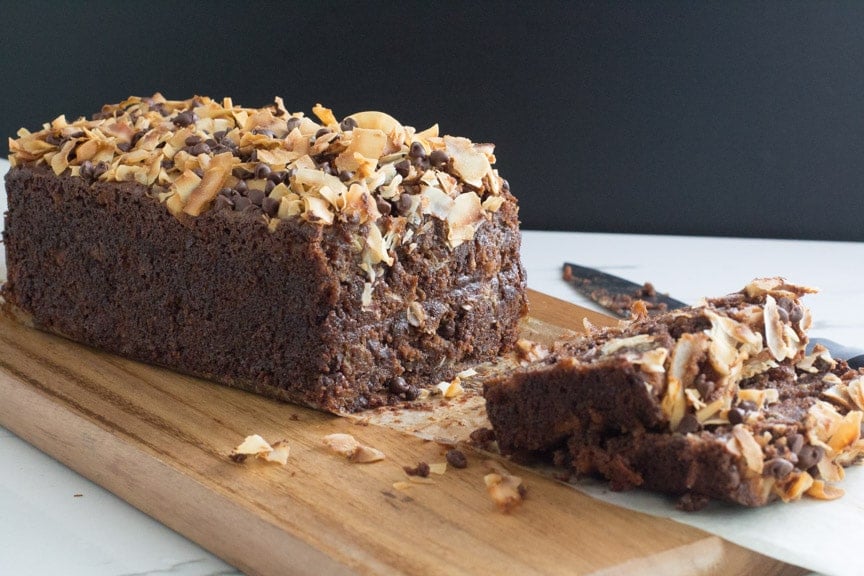
- Chocolate Coconut Banana Bread
- Banana Carrot Chia Corn Muffins
- Mocha Banana Smoothie
- Vegan Banana Coconut Oat Breakfast Cookies
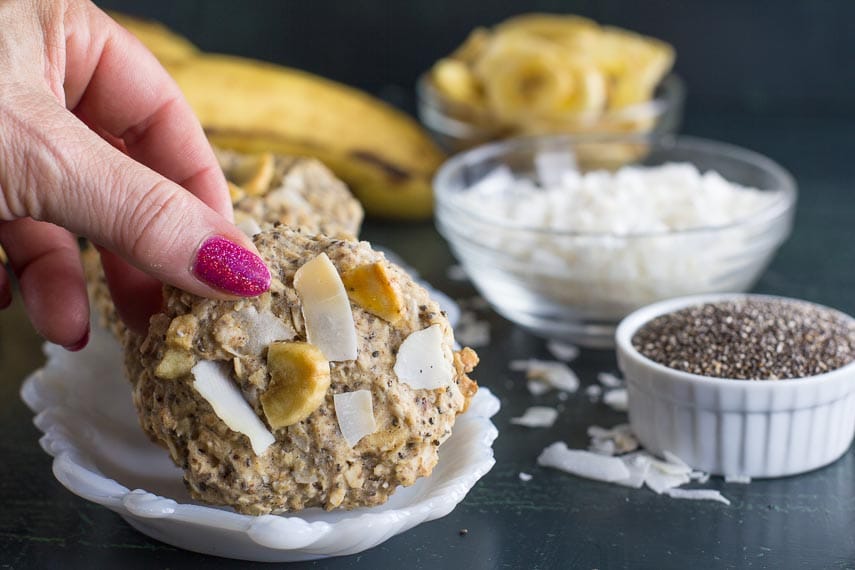
Check out this article: 23 Indulgent Low FODMAP Recipes Using Bananas!
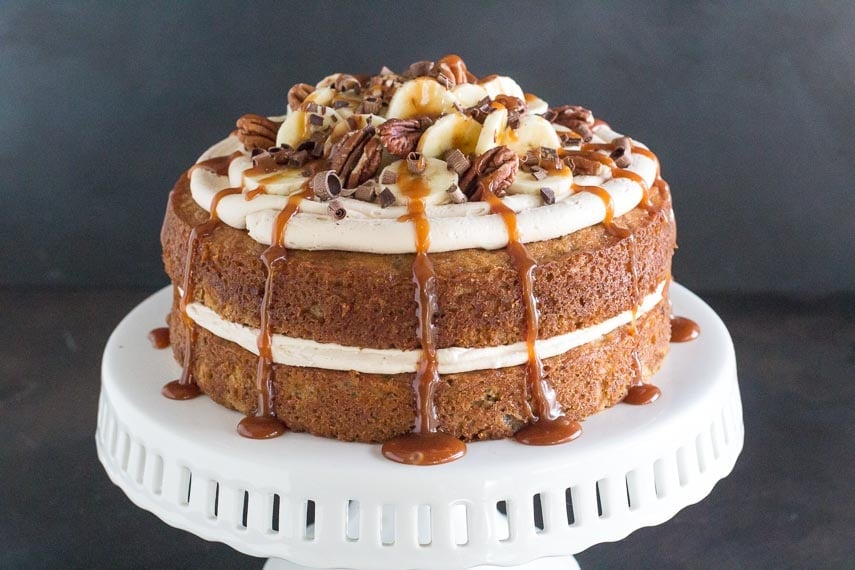
These toucans like their bananas! You can have some too!
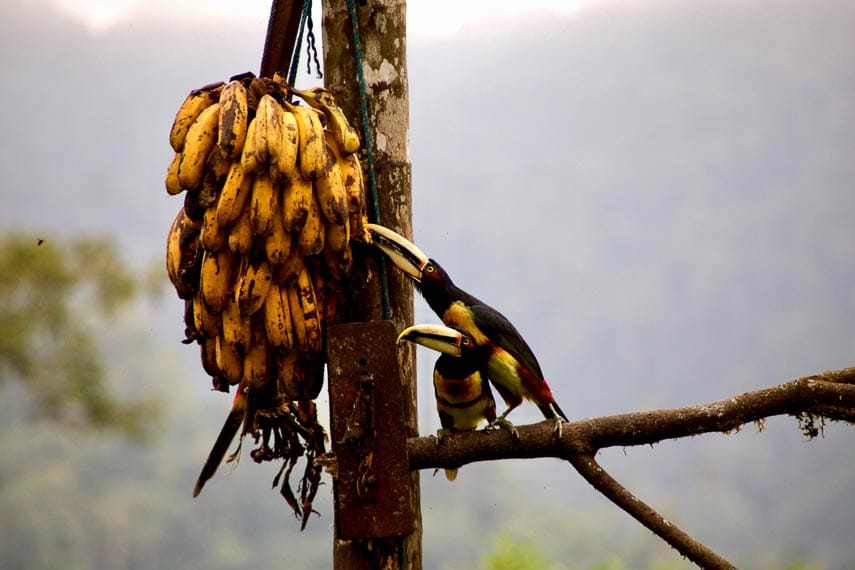
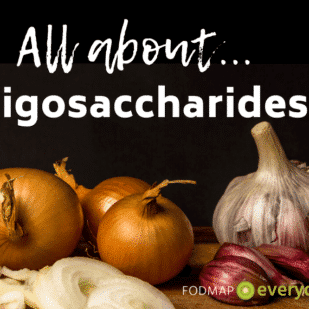
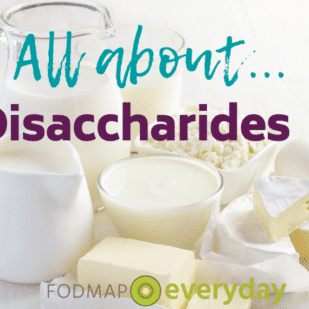
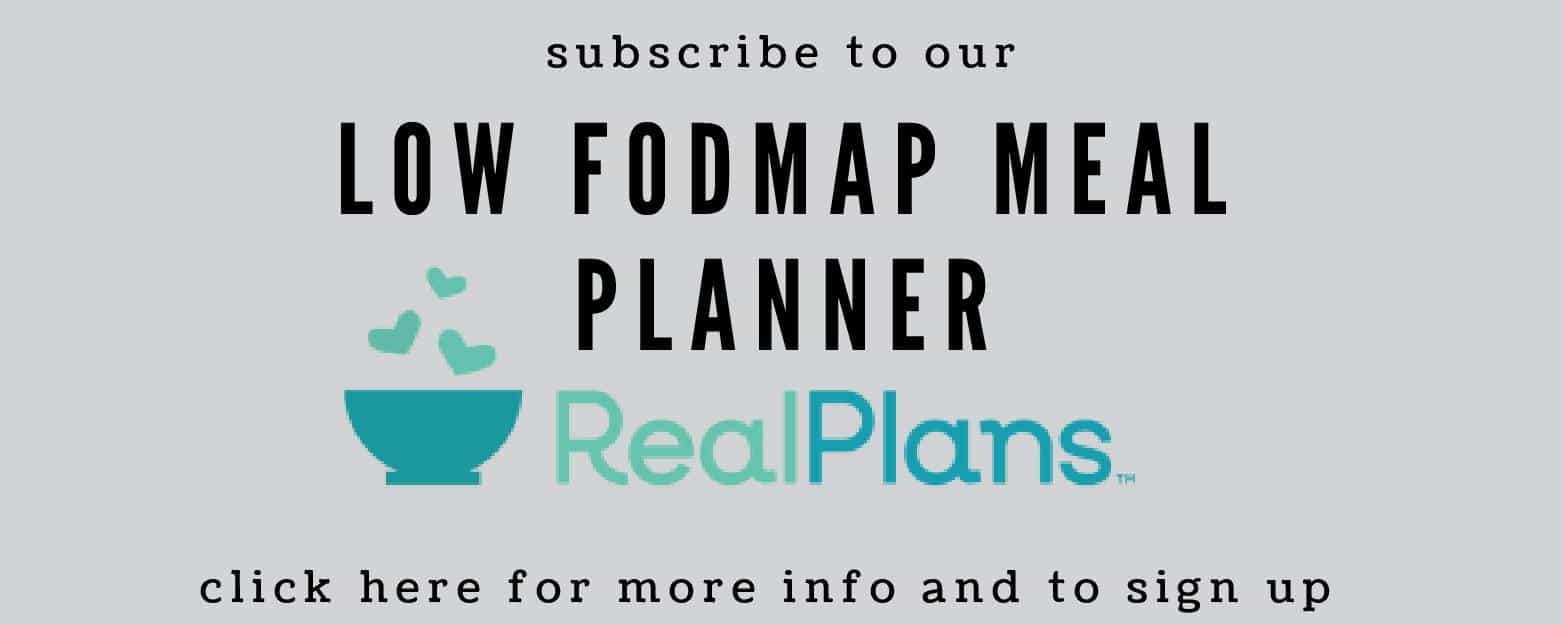





Hi, is above applicable also to plantain (kind of non-sweet banana)?
Plantains are different. Please use the Monash app to always check. Monash University has lab tested plantains and they contain trace amounts of FODMAPs. You can read more here.